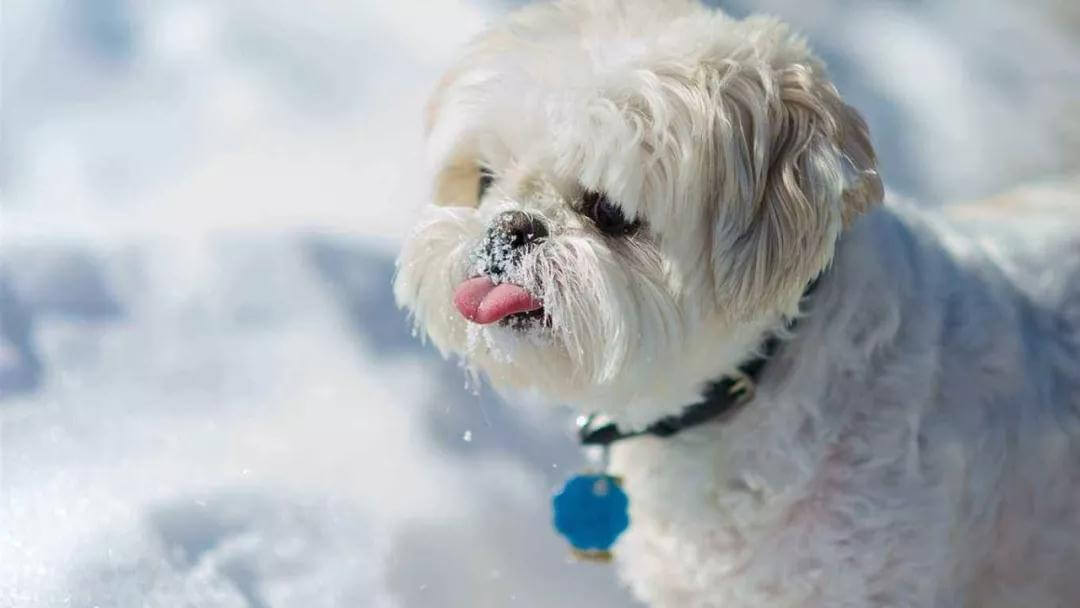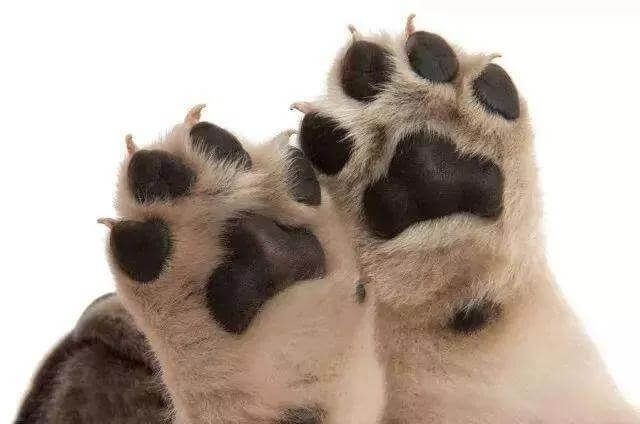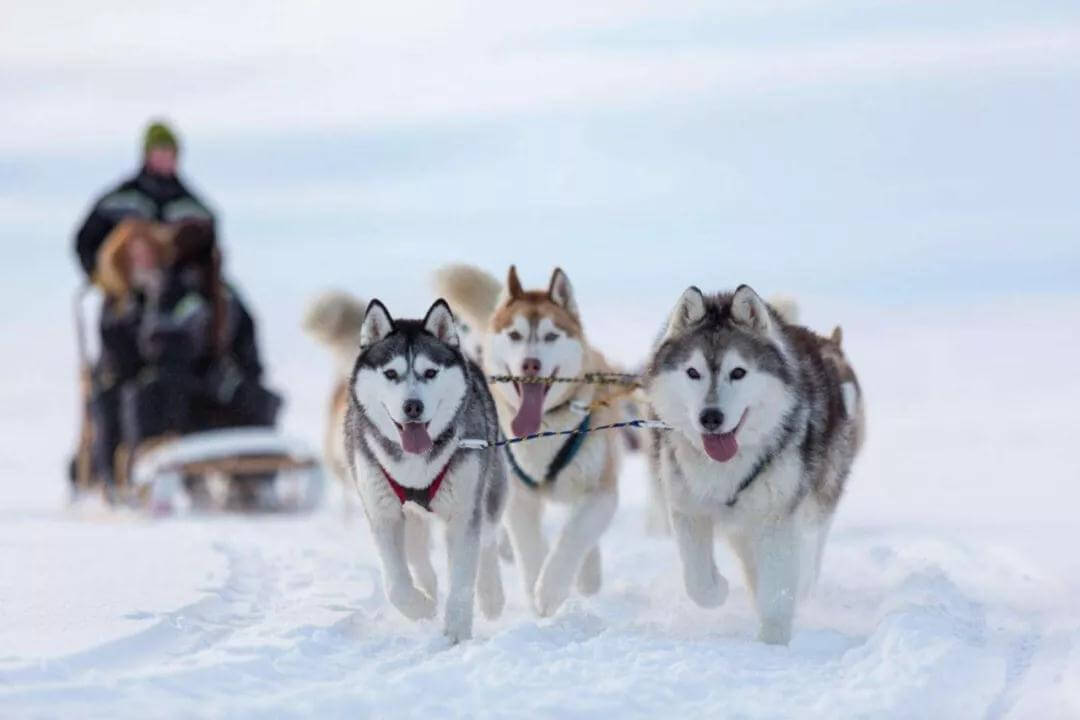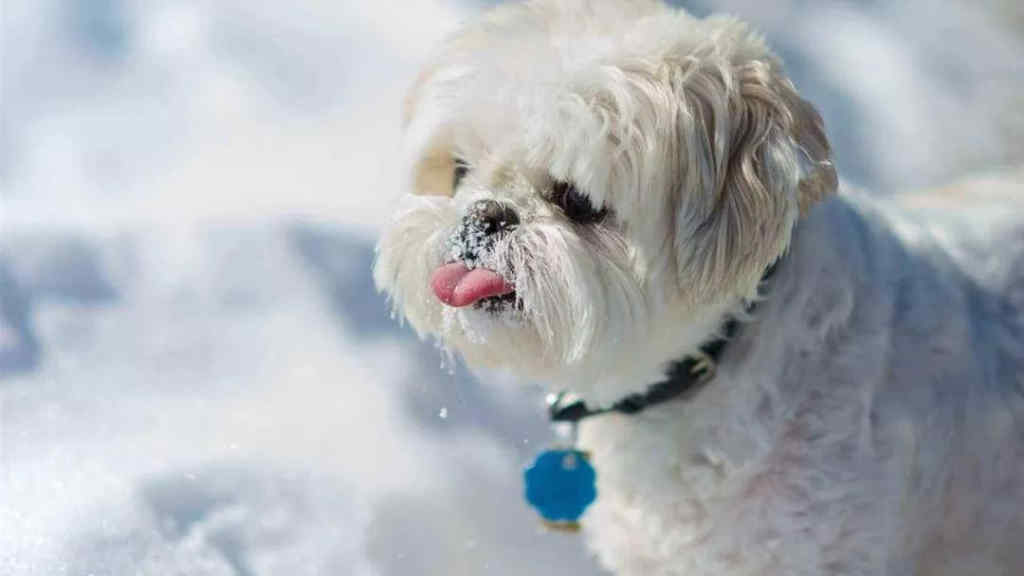Outdoor sports are for dogsIt’s a must to stay healthy, but in the face of the magic attack of wet and cold air, pooper scoopers inevitably worry that their fur kids will freeze to death.
So, here’s the question.
Worried about the dog’s fear of cold, I should reduce the time to walk the dog or even do not take him out?
Dogs’ coats are theirThe “real leather coat”, some even have a “double layer of laminated cotton”. For example, the famous sled three fools, they have a thick and thick layer of base fleece underneath the long hair, which can help to resist common low temperatures.

In addition to thick-coated dogs are very resistant to freezing, dark-coated dogs are more resistant to cold than light-colored ones, and the larger the dog, the more resistant it is to cold in its youth than in puppies and older dogs.
So, for the above dogs, there are only pooper scoopers who want to spend less time sneaking around, and there are no dogs who don’t want to play outside for a while longer.
Secondly, the heat generated by walking the dog is able to cope with the low temperature
Taking your dog out for a walk is actually one of the easiest forms of exercise.
Similar to bipedal walking, if a certain amount of exercise is achieved, heat is generated in the dog’s body.

Theoretically, if a dog is very active outdoors, it is possible to generate enough heat to cope with the cold.
However, the pooper scoopers should not be taken lightly.
Specific dog specific analysis. Whether the dog is afraid of cold is also related to many other factors such as the environment of survival.

For the dog walking time should be reduced or not, should not be judged from our own feelings, but can be seen from the dog’s performance of these.
-Dogs suddenly shivering in cold weather outside
-Dogs whimpering during walks
-The dog suddenly acts anxious or raises one or more paws
-Dogs become slow and their paws are too cold
If the dog has several of these things happen, it means that your family has a master who is afraid of the cold and is really not suitable to continue“Go out on patrol” and need to retreat in time.
For these dogs, you pooper scoopers can remember these six words of truth: more frequent and dry more often.
Multi-frequency
In winter, taking into account the outdoor environmental conditions and the dog’s own age and physical condition, you can adjust the dog walking method appropriately, such as using a short distance, short time and more frequent way to replace the previous long distance and long time way.
This does not reduce the amount of exercise, but rather helps improve your dog’s ability to adapt to cold weather.
Wipe dry regularly
If you take your dog out in winter, you must keep your body dry when you return, otherwise it is very easy to cause your dog to catch a cold.

Also, snow and ice often contain calcium chloride salts that stick to your dog’s toes when they go out for a walk, which can easily cause vomiting and diarrhea if your dog eats them while licking his feet. So, after coming home from an icy day, clean your dog’s toes first.
If the dog does not have a particular fear of the cold and is particularly eager to be outdoors. So, pooper scoopers, put on your clothes, hold the rope, and take your fur kids to the snow to have fun.!

